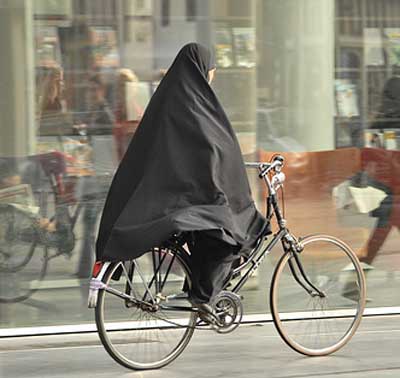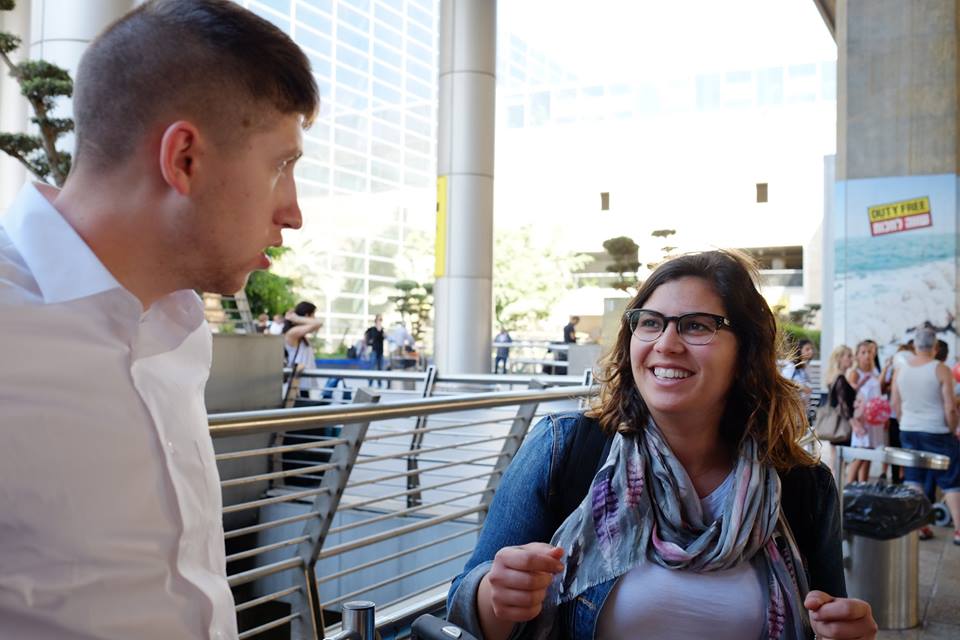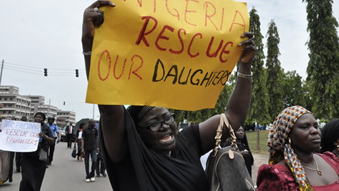In April 2013, the Saudi Arabian government announced that women can ride bicycles in public, though, they can only do so in restricted areas, dressed in the full Islamic abaya, accompanied by a male relative, and solely for recreational purposes, not transportation. Women’s transportation in Saudi Arabia is limited and highly governed. As an example, they are forbidden to drive cars and travel without a man’s permission. This minor change may appear trivial, but it is part of several reforms that the Saudi government has implemented since 2011.
In 2011 the Arab Spring blew in a gust of change over the Arab World by uprooting leaders, and transforming governments and regulations. Saudi Arabia, apprehensive that the wind will blow their way, has tried to appease the opposition with greater social security and liberty. Women in Saudi Arabia have been fighting for equality long before demonstrations and riots erupted, but the country recently began to take its first “baby steps” towards greater equality.
In a historic decree that took place in 2011, King Abdullah granted women the right to vote and run in municipal elections in 2015. That same year, Saudi Arabia announced that more than 30,000 women are to be employed in the kingdom’s manufacturing sector. It was also announced that women could also work as receptionists, tailors, banquet-hall employees, nutritionists, governesses, photographers, beauticians, caterers, and hospitality and recreation-industry workers. Earlier this year, King Abdullah appointed 30 women to the country’s consultative Shura Council, giving Saudi women 20 percent of the council seats.
Despite these changes, gender inequality remains an integral part of Saudi Arabia’s governmental and social structures, due to laws based on the strict interpretation of the Koran and Sunna. The World Economic Forum ranked Saudi Arabia 131 out of 135 countries in its Gender Gap Index; it is ranked third highest among the Middle Eastern countries (Figure 1).
[captionpix align=”left” theme=”elegant” width=”300″ imgsrc=” http://natoassociation.ca/wp-content/uploads/2013/10/Pic.png ” captiontext=” “]
While there was a modest improvement in the overall index compared to 2006, Saudi Arabia has a long way to go in order to reach true parity. A true change may begin when the control of Saudi women lessens, and women are no longer required to be accompanied by male guardians. Hopefully, by that time women’s rights as equal citizens will be so integral that ridiculous laws and claims, such as the right of the religious police to cover women’s “tempting-eyes” and claims that driving damages ovaries, will not even be uttered for amusement. Until then, women’s right activists will have to win small battles through the best means of fostering change, which is through social media.




